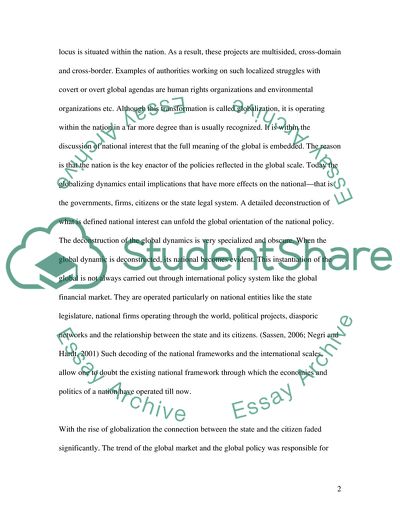Cite this document
(National Identity in the Age of Global Networking Essay, n.d.)
National Identity in the Age of Global Networking Essay. Retrieved from https://studentshare.org/social-science/1740757-national-identity-in-the-internet-age
National Identity in the Age of Global Networking Essay. Retrieved from https://studentshare.org/social-science/1740757-national-identity-in-the-internet-age
(National Identity in the Age of Global Networking Essay)
National Identity in the Age of Global Networking Essay. https://studentshare.org/social-science/1740757-national-identity-in-the-internet-age.
National Identity in the Age of Global Networking Essay. https://studentshare.org/social-science/1740757-national-identity-in-the-internet-age.
“National Identity in the Age of Global Networking Essay”, n.d. https://studentshare.org/social-science/1740757-national-identity-in-the-internet-age.


